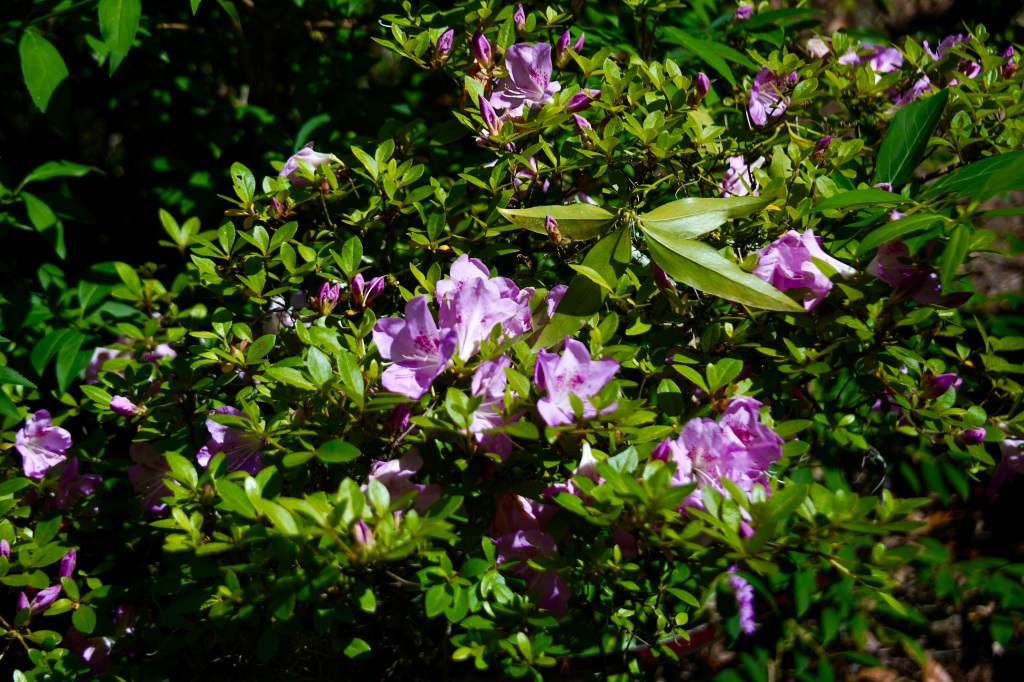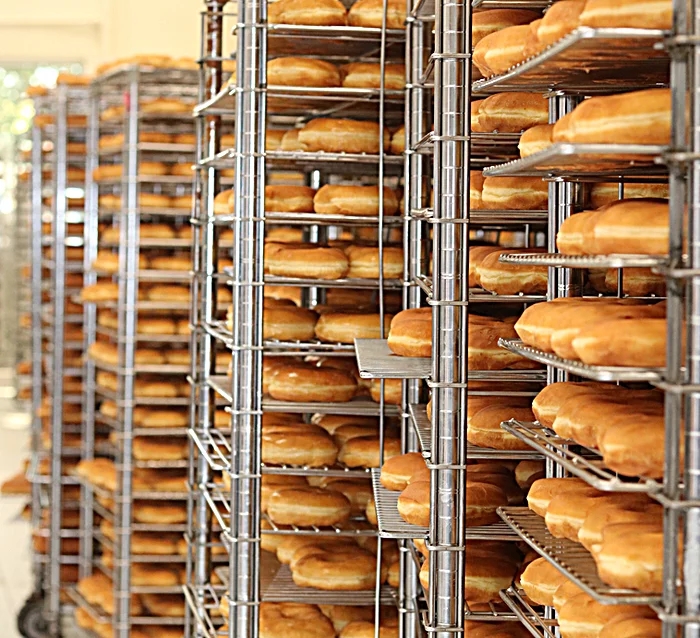
Speaking of change, Alan let me get a dream camera for Christmas last year. The only problem was, I was too cheap to buy a new lens, so I bought an adapter, making it possible to use an old Canon lens with my new Sony camera. Actually, it wasn’t the old Canon lens I’d been using; that one couldn’t be adapted but fit perfectly with my son Jonathan’s Canon (same model as I’d had), so I gave him my best old lens and used an even older one from several camera generations previous.
It wasn’t until after we returned from our trip around the Southeast that I realized just what a serious error I’d made by being too stingy! The old lens had no built-in “stabilization,” and over the course of the past 15 years, I’ve become less steady (read that: I had trouble with blurring images). Other problems included 1. A more narrow focus range (landscapes weren’t as wide and closeups weren’t as close) 2. Much less light (had to brighten every image I wanted to use) 3. Bad color (had to color correct, which wasn’t always even possible). Such a pain!
So, a couple of days ago, in honor of my approaching birthday, Alan sent me back to the store to buy a good lens. He is wonderful. He reminds me of my heavenly Father, who often offers me more than I will take. Why do I resist Alan’s goodwill? I’m not sure. I don’t want to impose. I don’t like to “take advantage.” Mostly, I chronically fight the urge to worry about running out of money before we die. I suspect if you’re over 70 like I am, you might identify.
Humanly speaking, it’s realistic to be thoughtful of other people’s generosity and be wise stewards of our resources, but with God, there’s no reason to refuse His magnanimity! If we’re worrying about taking advantage of Him, we’re wasting our worry! Go to heaven just by asking? Shouldn’t I work my way to heaven by trying to be perfect? No. Jesus was perfect for us; all God wants us to do is repent of our sins and trust Jesus as our Savior. God wants us to grow in grace and become a better person as a result of loving God and wanting to please Him . . . not out of fear that we’ll go to hell if we’re bad!
And, what about this? Remember the parable Jesus told the Pharisees when they objected to his eating with questionable people? Jesus pointed out that you can’t put fresh wine in old wineskins. It just doesn’t work! Old wineskins are brittle and burst rather than expanding as needed. (He was speaking of the “Old Testament/Covenant Law”—trying to work our way to heaven by keeping the law perfectly—versus the “New Testament” in his blood: being saved by faith in the work of Christ on our behalf.)
Old lenses, even with an adapter, don’t work either. I missed a lot of potentially great photos because I refused to get a new lens. All that potential gone to waste.
Some of us are like me: We’re willing to get a new “body” (by faith in Christ) but then fail to get a new lens on life! My new camera body could never fulfill its true potential as long as I was trying to adapt it to an old lens. Similarly, even those of us who have become new creations in Christ will fail to reach our true potential until we also change out our old way of looking at the world! I made the change (rather slowly) to a new camera and finally a new lens. Want to join me? The results will be a more focused, broader, brighter, and more beautiful life!
“New wine must be put into new bottles; and both are preserved” (Luke 5:38).
“Therefore if any man be in Christ, he is a new creature: old things are passed away;
behold, all things are become new” (2 Corinthians 5:17).





















































































































